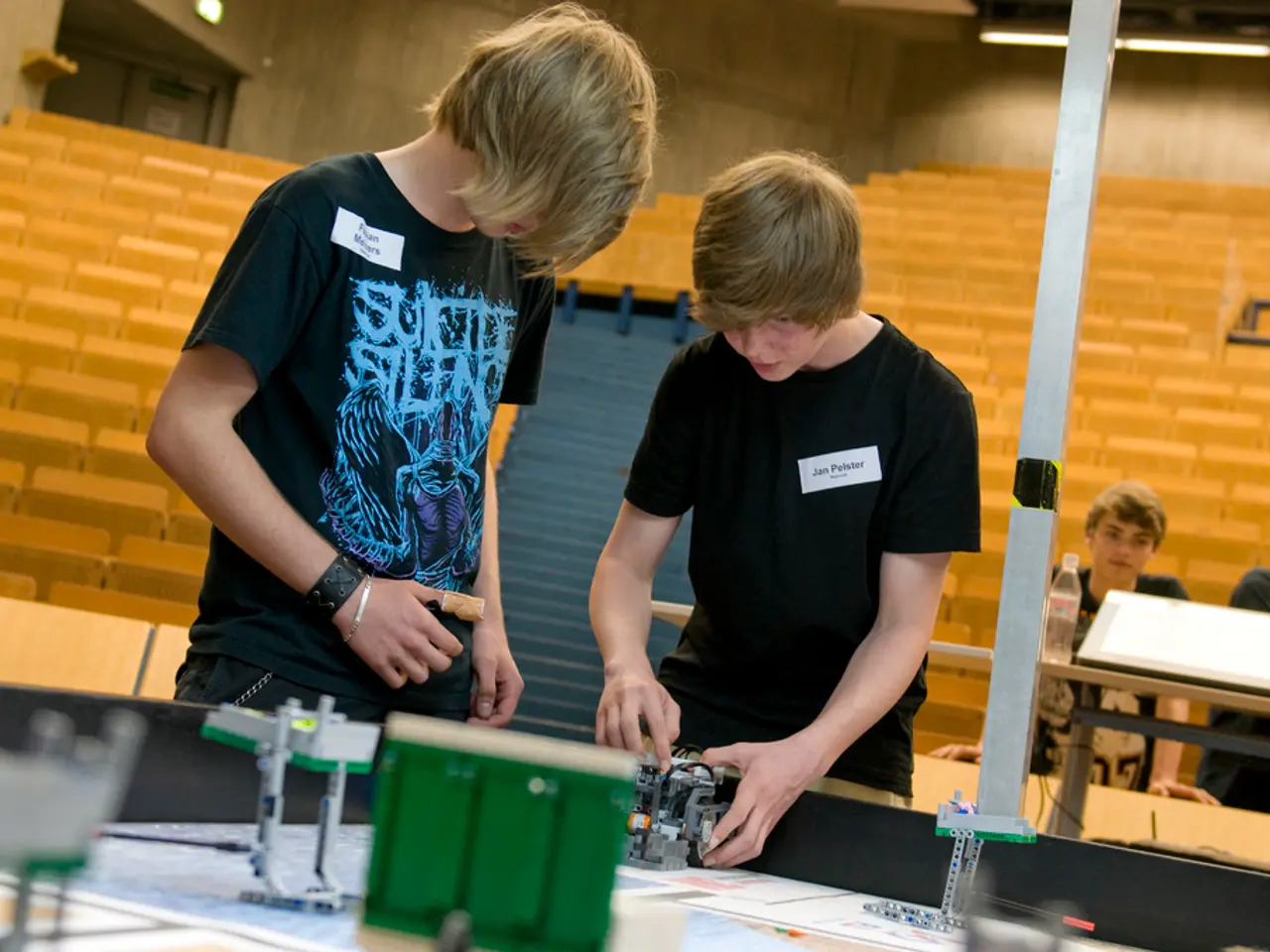Transforming a Lab-Based Research Proposal into a Distant Experiment
In the wake of the COVID-19 pandemic, many researchers found themselves forced to adapt to new ways of working, including conducting lab-heavy projects remotely. This article will explore how one researcher, conducting a bioengineering project investigating DNA damage in persister subpopulations of E.Coli cells, managed to make progress outside of the lab.
The key to success lay in leveraging existing resources and tools. By using sample data sets, simulations, and close collaboration with mentors, the researcher was able to design experiments and analyse data effectively.
Firstly, the researcher utilised publicly available or shared experimental data to formulate research questions and perform analyses. This data, relevant to bioengineering applications, could encompass genetics, cell behavior, or biomedical signals.
Next, the researcher ran computational simulations or modeling experiments to test hypotheses where physical lab experiments weren't possible. Software tools can simulate molecular, cellular, or physiological processes for virtual experimentation. In this case, the researcher used MATLAB programs to make predictions and test conditions.
Maintaining regular communication with mentors and collaborators remotely was crucial. Video calls, shared platforms such as GitHub and Google Drive, and specialized bioinformatics or data analysis tools facilitated this communication. Mentors provided guidance on data interpretation, troubleshooted methods, and offered scientific feedback.
Developing skills in data analysis techniques such as statistical testing, machine learning, or systems biology approaches was also vital. These techniques helped extract meaningful conclusions from simulation and sample data.
Documenting research progress and findings rigorously was another essential aspect. Electronic lab notebooks, shared documentation, and presentations allowed for remote mentorship and review, with the opportunity for refinement.
While remote work offers numerous benefits, periodic onsite visits for sample preparation or data collection, or collaborating with onsite labs for experimental parts needing physical presence, can be advantageous.
In conclusion, remote bioengineering research combines leveraging existing sample data and computational modeling, with frequent mentor collaboration and proficiency in data analysis tools to compensate for the lack of hands-on laboratory access. By following these key steps, researchers can make significant progress on lab-heavy projects, even in challenging circumstances.
Independently, the researcher delved into the junior paper exploring science related to medical-conditions, especially DNA damage in persister subpopulations of E.Coli cells. Utilizing technology like MATLAB programs and tools such as GitHub and Google Drive, this work was conducted without the need for direct lab work. Health-and-wellness measures were prioritized by maintaining close communication with mentors, ensuring the junior paper presented accurate and valuable findings. Despite relying on remote work, periodic visits for sample preparation or data collection ensured a more holistic approach to this bioengineering project.




